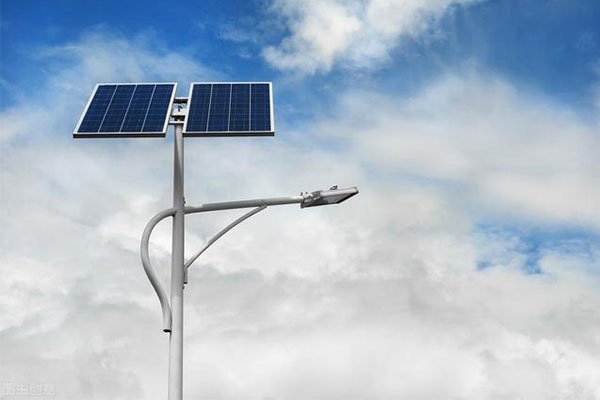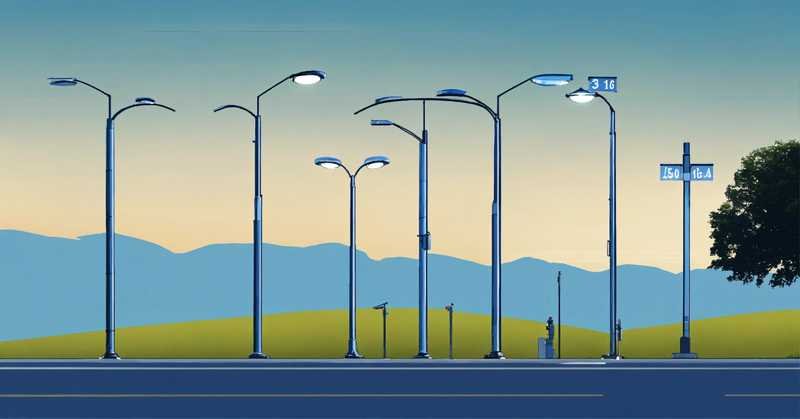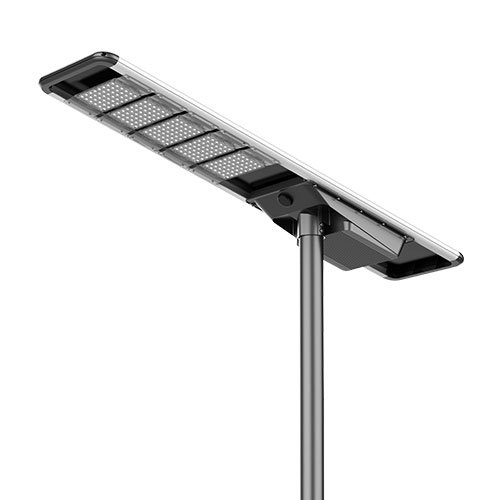Outdoor solar lights are a smart, eco-friendly, and low-maintenance way to light up your yard or garden—but install them the wrong way, and they won’t work as expected.
To install outdoor solar lights properly, choose sun-rich locations, follow the product guidelines, and avoid shaded spots, incorrect angles, or skipping basic maintenance.
You don’t need to be an electrician to install them—but you do need to know what works and what doesn’t. Let’s break it down together.
What Are Outdoor Solar Lights and How Do They Work?
Outdoor solar lights are powered entirely by the sun. During the day, they collect energy through a solar panel. At night, that stored energy powers an LED light.
Each light consists of:
- A solar panel to capture sunlight;
- A rechargeable battery to store energy;
- An LED bulb for lighting;
Most models come with dusk-to-dawn sensors, so they turn on automatically at night and turn off when the sun rises. No manual switch needed.
What Are the Benefits of Using Outdoor Solar Lights?
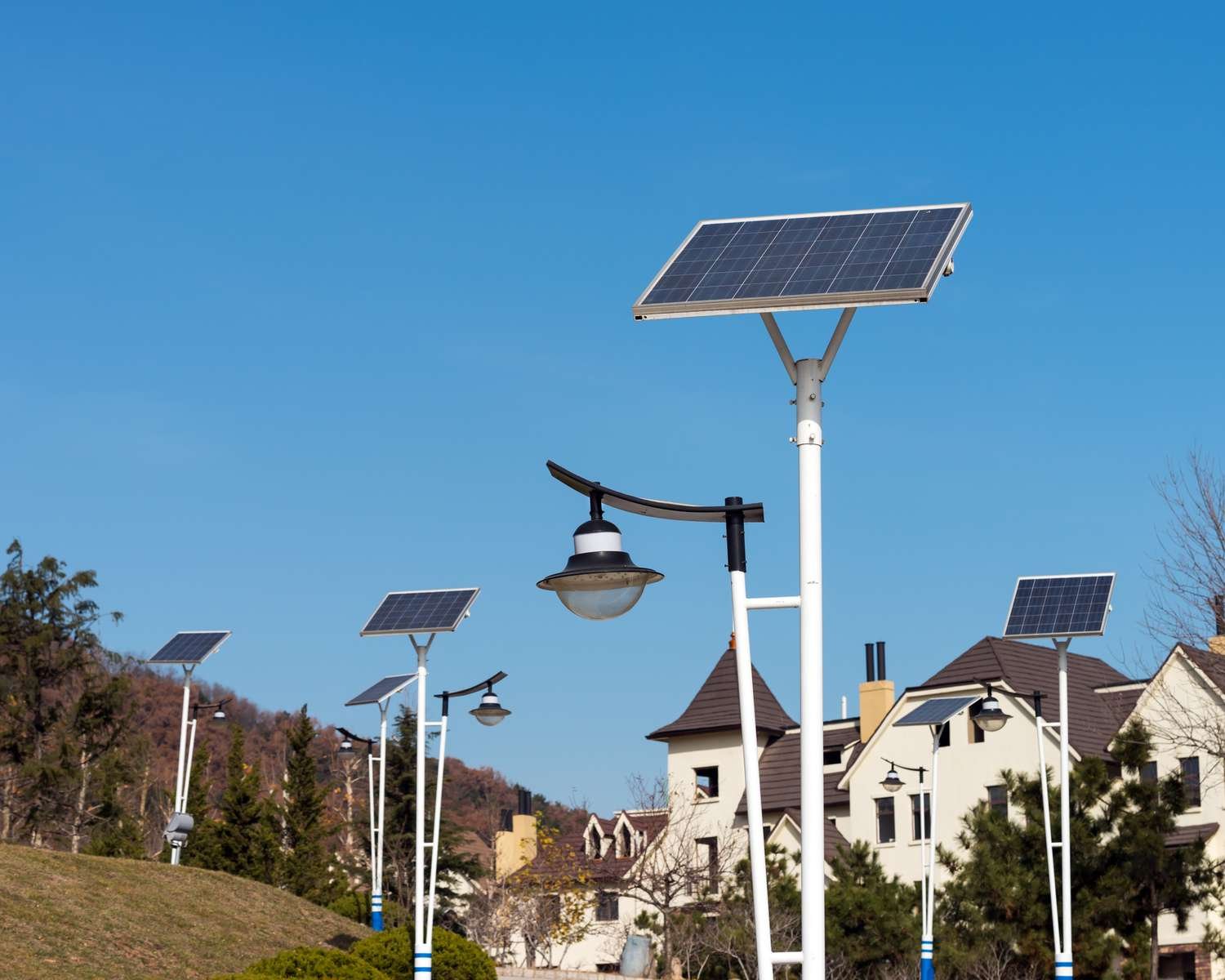
Solar lights offer more than just savings—they bring convenience, safety, and sustainability.
Main benefits include:
- No electricity bills—solar-powered, off-grid lighting;
- Easy to install—no wiring required;
- Minimal maintenance—just wipe the panel occasionally;
- Eco-friendly—reduce your environmental impact;
- Stylish designs—blend with various outdoor styles;
- Security boost—motion sensors increase safety;
- Weather-resistant—built to withstand outdoor conditions.
They’re perfect for driveways, gardens, patios, and pathways.
Types of Outdoor Solar Lights and Where to Use Them
Different solar lights serve different purposes. Choose the right one for each area.
| Type | Best Use | Brightness | Installation |
|---|---|---|---|
| Pathway Lights | Walkways, garden paths | Low–Medium | Stake into ground |
| Flood Lights | Driveways, yards, security zones | High | Wall or pole mounted |
| Decorative Lights | Patios, party decor, landscape glow | Low | Flexible/portable |
| Motion Sensor Lights | Entrances, garages, gates | Medium–High | Mounted for detection |
Tip: Mix and match types to balance beauty, function, and security.
How to Choose the Right Outdoor Solar Lights
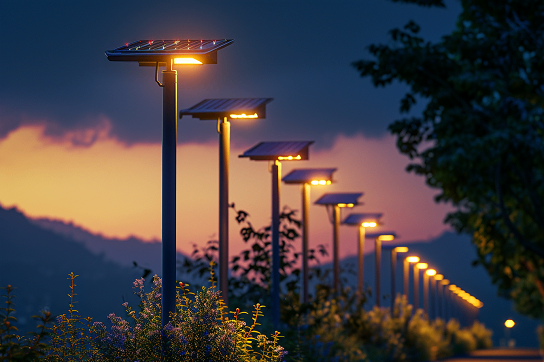
Before buying solar lights, check if they’re suitable for your climate and use case.
Key things to consider:
- Sun exposure in your yard or site;
- Battery capacity and charging efficiency;
- Light brightness (lumens);
- Design style and finish;
- Weatherproof rating (IP65+ is ideal);
- Extra features: motion detection, timers, brightness levels.
Pick lights that match both your needs and your environment.
Pre-Installation Checklist
Before setting up your lights, do this quick check:
- Is the location free from shade most of the day?
- Are there seasonal sunlight changes to account for?
- What’s your lighting goal—security, decoration, both?
- Is the surface suitable for staking or mounting?
- Are there nearby obstacles like sprinklers or tools?
A few minutes of planning will save hours of trouble later.
Step-by-Step: How to Install Outdoor Solar Lights
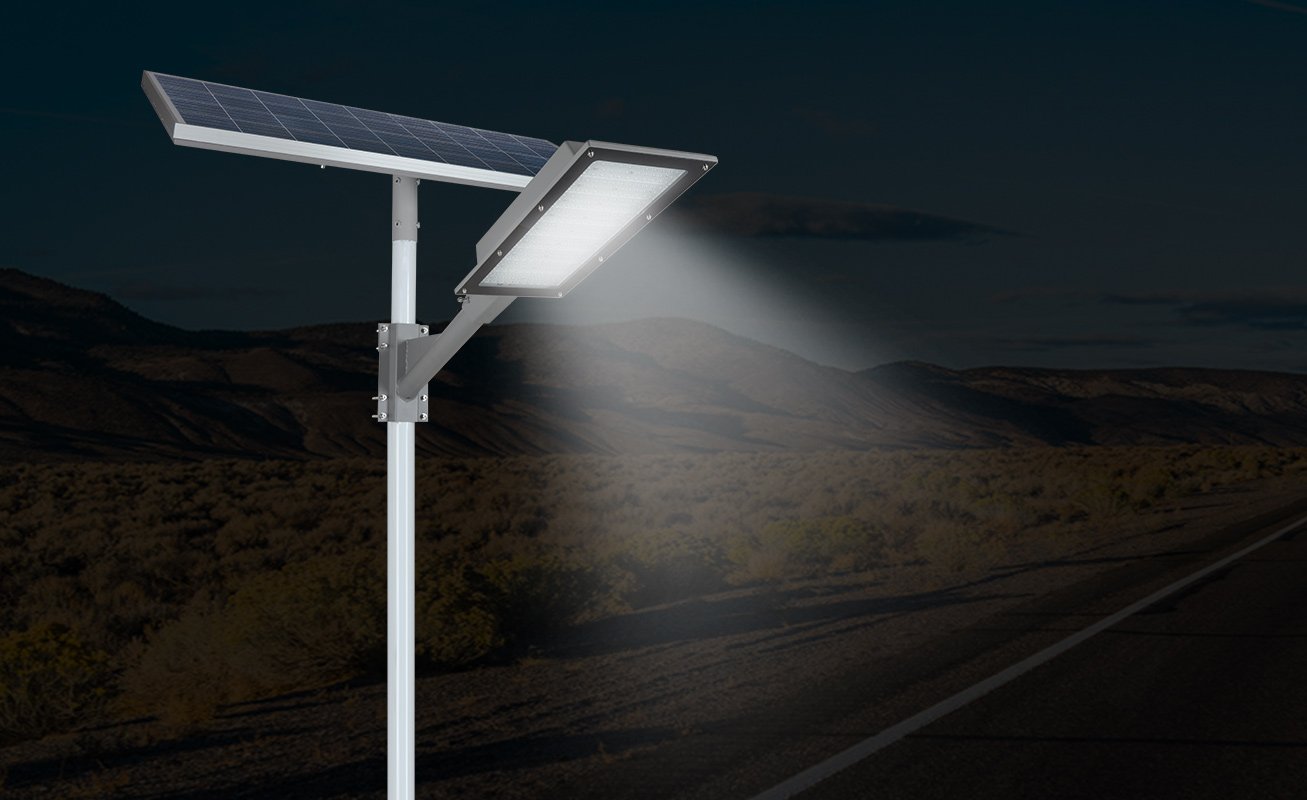
Here’s a basic guide that works for most solar light types:
- Unbox and charge: Let the lights charge for 24 hours before first use;
- Position for sunlight: Point panels south to get the most direct light;
- Mount or stake: Use the stakes for soft ground or screws for hard surfaces;
- Test at dusk: Check if the light turns on automatically;
- Height matters: Install lights 2–3 ft high for best coverage and brightness.
Common Mistakes to Avoid
Avoid these mistakes to keep your lights working properly:
- ❌ Placing lights in shaded spots;
- ❌ Ignoring the user manual;
- ❌ Assuming all solar lights are equal in quality or brightness;
- ❌ Never cleaning the panel—dirt blocks sunlight;
- ❌ Buying without checking the waterproof rating (at least IP65 recommended);
These simple don’ts can make a big difference in long-term performance.
Maintaining Outdoor Solar Lights for Long-Term Use
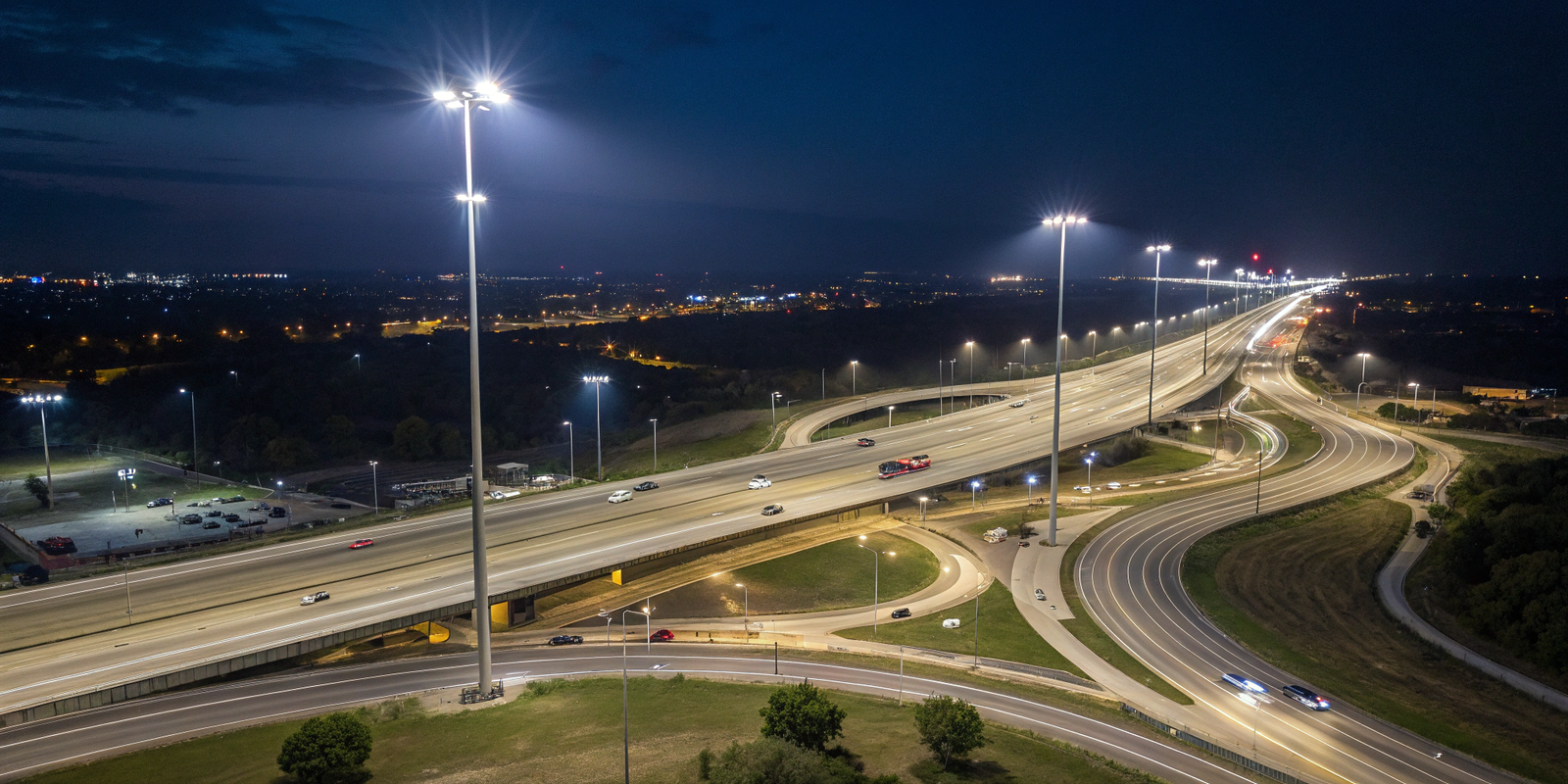
Solar lights are low maintenance, but not zero maintenance.
What to do regularly:
- Clean the solar panel monthly to remove dirt and dust;
- Check for water damage or rust after heavy rain;
- Replace rechargeable batteries every 1–2 years;
- Watch for dimming or flickering, which could mean battery or panel issues.
A few minutes of care keeps them glowing for years.
Troubleshooting Common Problems
If your solar light isn’t working, here’s what to check:
- Not turning on? Clean the panel, check for obstructions, and ensure the battery is connected;
- Flickering or dim? The battery may be low, or the panel isn’t getting enough sunlight;
- Water inside? Inspect the seals or upgrade to a higher IP-rated model.
Most issues can be fixed with a simple inspection.
Outdoor Lighting Design Tips
Use solar lights not just for safety—but also for style.
Smart ways to light up your space:
- Guide pathways with stake lights;
- Use flood lights to secure garages or doors;
- Add decorative lights for patios and planters;
- Highlight trees, fountains, or sculptures;
- Try warm white or color-changing LEDs for ambiance.
Combining function and beauty creates an inviting atmosphere.
Final Thoughts: Is Solar Lighting Right for You?
Solar lights are no longer just a trend—they’re a smart, sustainable lighting solution. If you want lower costs, easy installation, and great design, they’re the perfect fit.
Ideal for:
- DIY homeowners;
- Renters needing flexible lighting;
- Garden lovers who want to save energy.
FAQ
Do solar lights work on cloudy days?
Yes, though they may run for shorter periods.
How long do solar lights last?
The fixture lasts 3–5 years; batteries should be replaced every 1–2 years.
Can I use them in winter?
Yes, as long as they are rated IP65 or higher.
Why are my lights dim?
Clean the panel, reposition it for better sun, or replace the battery.
Best place to install?
Anywhere that receives 6–8 hours of direct sunlight daily, without shading.
Ready to light up your outdoors with smart solar technology?
Browse high-performance, weather-resistant solar lights at huaweilight or contact us for expert recommendations tailored to your space and goals.




